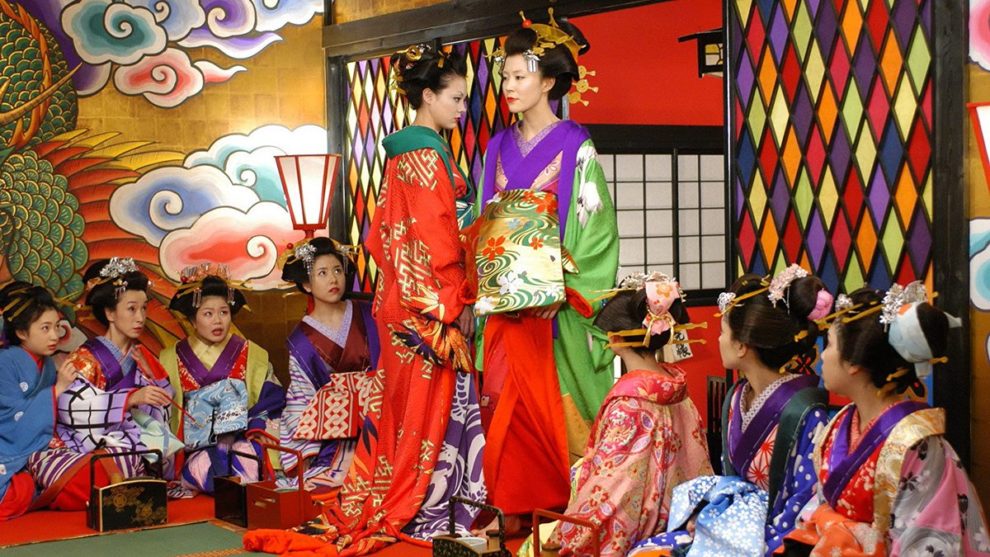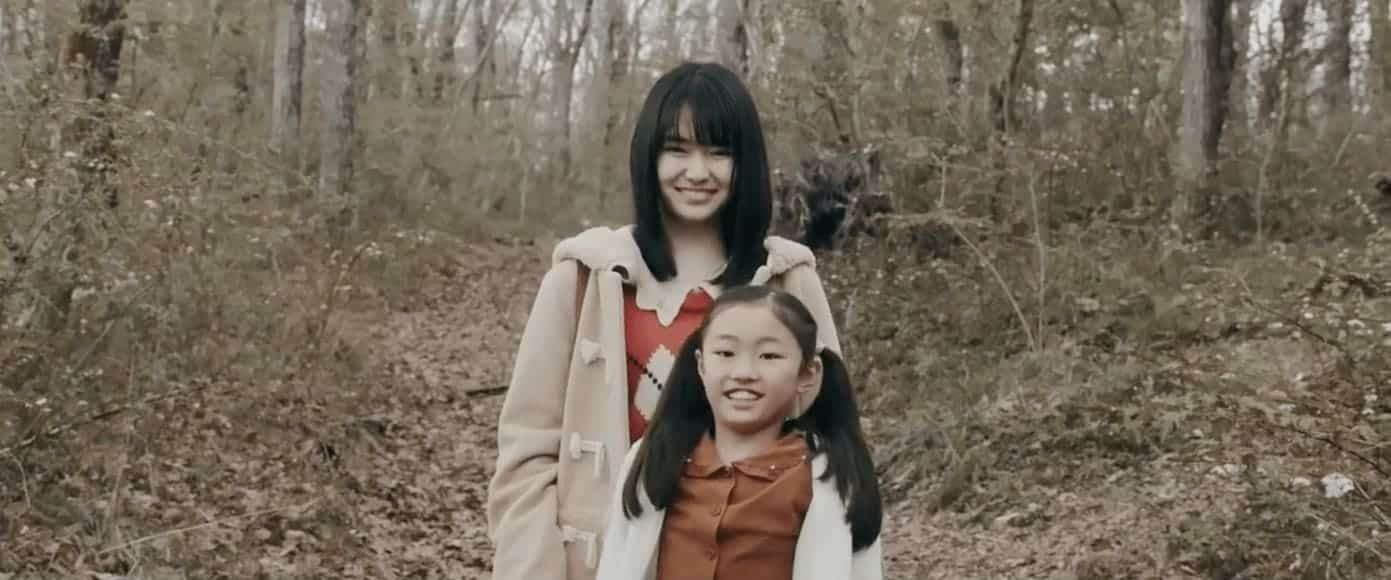From her debut, Mika Ninagawa implemented a distinct style of her own, which focused on image even more than context, bolstering intense colors and impressive set designs and costumes, to the point that almost each frame looks like a painting or a photograph, with the latter actually being her main profession. And while her later movies also entail this style, “Sakuran” remains the one where this approach finds its apogee.
Sakuran is screening at Japan Society
Based on the homonymous manga by Moyoco Anno and with a script by Yuki Tanada, the story takes place in 18th century Edo, in the red-light district of Yoshiwara. In that district, the most prestigious category of courtesans is called “Oiran”, and a whole protocol is established just for someone to meet them. The film revolves around Kiyoha, who is sold in one of the most renowned “houses” of the area. The girl stands apart from the beginning due to her bad manners, her disregard for rules and her overwhelming ambition. The script follows her ascent from an ugly kid to the most famous Oiran of Yoshiwara.
Mika Ninagawa directs a film that highlights the life of the geisha, starting from the way little girls are sold to the “houses”, the rigorous and frequently violent training they undergo for years to learn the art, and the ways one can reach the top, which, expectedly, includes intrigues and machinations, in a rather competitive setting. Ninagawa's approach is playful at times, but the drama that surrounds the lives of the geisha is well communicated, particularly through the way their world is portrayed as one where true love essentially does not have a place. At the same time, and although the presentation is somewhat extravagant, there is also much realism here, additionally in the way the customers are also portrayed, as much as in the intriguing way that history repeats itself is presented.
The approach to the narrative, which after a fashion becomes an extreme love story, is one of the best parts of the film, with the back and forths in time in order to show Kiyoha's story from childhood, being excellently portrayed, retaining the interest from beginning to end. Hiroaki Morishita's editing helps the most in this approach, while in combination with Shiina Ringo's impervious tracks (“Oiran” definitely stands out), results in the movie frequently functioning as a very entertaining music video, lightening the mood in the timeliest moments.
As mentioned before, though, image is the protagonist here, and the work done by Namiko Iwaki in the production design, along with the prowess in costumes and make-up and the way DP Takuro Ishizaka has managed to capture them all, results in a true visual extravaganza that proves that style can be the most crucial element of a successful movie.
In that regard, Anna Tsuchiya, in one of the most demanding roles of her career and in the top of her beauty, fits perfectly to the overall aesthetics of the film, while her bass voice and the way she portrays her short temper are truly a pleasure to watch. Furthermore, the fact that Kiyoha, despite her success, fame and the resulting arrogance, is actually a disillusioned and sad character, is communicated in the best fashion, also adds to her overall impressive performance.
“Sakuran” implements a very interesting story through a thorough look at the lives of the geisha, but most of all, remains a triumph of style, a film proving that the “package” can actually be the most crucial aspect of a narrative.















